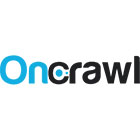Opinions expressed in this article are those of the sponsor. Search Engine Land neither confirms nor disputes any of the conclusions presented below.
How to boost search rankings using only your internal linking strategy
Three examples of site architecture modifications that offer big SEO gains in digital marketing.
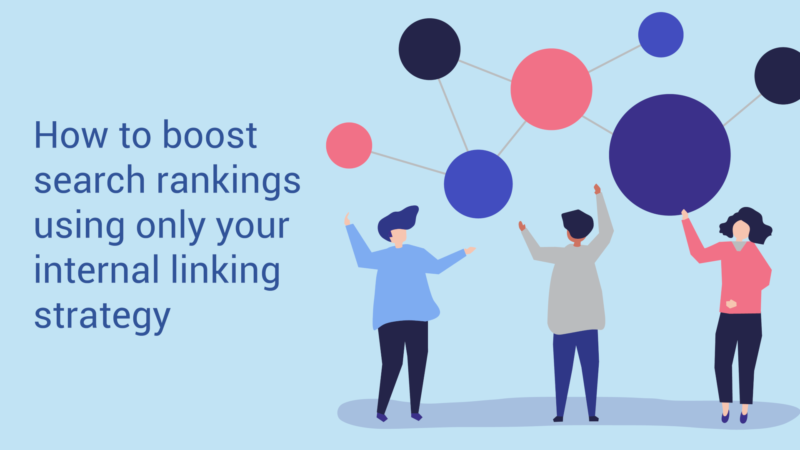 Links, even within a website, show relationships between content. They transfer value and importance between pages. Even more importantly, internal links define your website’s structure. They help users to navigate and search engines to understand your website. A healthy internal linking strategy makes it easier for your pages to be indexed and to rank, as well as increasing click-through rates and conversion rates for visitors who can find what they are looking for. Before we start looking at three ways to boost your SERP rankings, let’s take a look at some of the basic principles of internal linking:
Links, even within a website, show relationships between content. They transfer value and importance between pages. Even more importantly, internal links define your website’s structure. They help users to navigate and search engines to understand your website. A healthy internal linking strategy makes it easier for your pages to be indexed and to rank, as well as increasing click-through rates and conversion rates for visitors who can find what they are looking for. Before we start looking at three ways to boost your SERP rankings, let’s take a look at some of the basic principles of internal linking:
- The more links a page receives, the more value Google gives it. Just like external links indicate an overall value with regard to other pages on the web, internal links help Google determine the importance of a page with regard to the other pages on your website.
- Internal links are so important that Google now considers that 1000 is a “reasonable number” of links per page. Don’t forget that this includes every single link in the header, footer, menu and sidebar.
- Linking is so powerful that it can (unintentionally) give unparalleled boosts to relatively low-value pages that receive a large number of internal links, like the home, about and contact pages.
- Links from fresh content pass fresh value, and can, therefore, signal new content to Google, helping new pages get crawled.
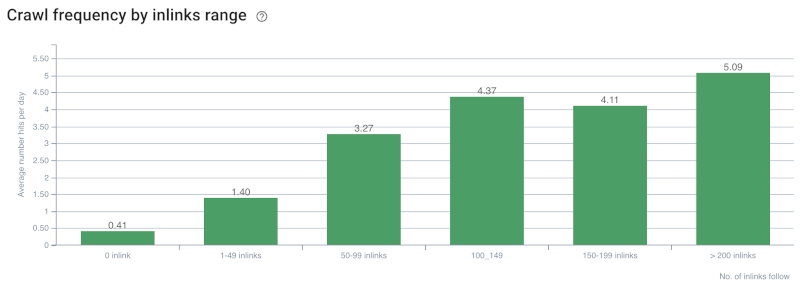
Pages with more internal links pointing to them are crawled more often. Source: OnCrawl.
Armed with that information, here are three strategies to use internal links to improve your SEO.
Boost rankings by reducing page depth
In June this year, John Mueller indicated in a Google Webmaster Central Hangout that click depth — that is, the number of clicks required to reach a page when starting from the website’s homepage — matters in SEO. Pages that are closer to the homepage receive more positive attention from Google. This is good news, as it can mean quick wins for websites with complex and deep structures. OnCrawl has helped websites in e-commerce, classifieds, and job listings to increase ranking positions and improve UX by reducing the overall depth of pages.

Correlation between page depth and pages explored by Google. Source: OnCrawl.
Based on statistics for each website, we have found that page depth can be reduced in a number of ways:
- Increasing the number of recommended or similar pages that appear on product pages or job listings. This is a means of increasing internal links within a category, or between related categories, bringing some of the deeper pages to a shallower level.
- Increasing the number of high-level categories. By doubling the number of categories listed on the homepage, more pages within those categories were placed closer to the homepage.
- Reducing the number of browsable pages in a category’s listing. This can be achieved by increasing the number of items per page, but can also be addressed in part by the increased number of high-level categories, which results in fewer items in each category. If a category’s seven pages are reduced to five, the URLs listed on the sixth and seventh pages all move up at least two clicks in depth.
Thanks to these types of modifications, we’ve found that it is fairly easy to reduce the overall depth of a website from over 50 to under 15 levels of depth.
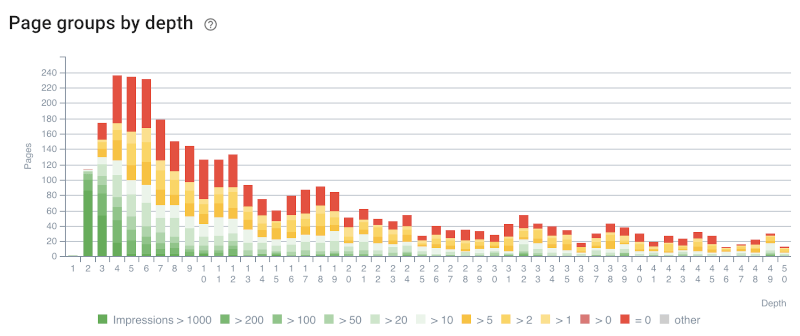
Correlation between impressions of ranking pages in the SERPs and page depth on a website. Source: OnCrawl.
We’ve also observed that, following improvements that reduce depth, the product catalog of e-commerce websites is usually crawled in shorter periods of time. As a result, new products are discovered more efficiently by Google. This allows sales, promotions, and other commercial campaigns to be more effective and more profitable.
Boost rankings by creating content hubs
For websites that use content marketing to grow their site and increase their authority on a selection of topics, internal linking will help push content to perform better. By strengthening key subjects and grouping related content around pillar pages, you can improve the authority of all pages on a topic and gain positions in the SERPs.

Use internal linking to increase the number of ranking pages in your site structure. Source: OnCrawl.
Using OnCrawl to segment your website based on your content hubs will help you visualize the linking structure within a hub and between thematic groups of content. This will allow you to track key indicators for each content hub, and to confirm increases in metrics such as organic visits, rankings, Fresh Rank, and crawl frequency. A content hub:
- Consists of multiple pages of content on your website on closely related topics or keywords.
- Is structured around a pillar page, an authoritative page on your website that covers a subject your site would like to be seen as an expert on, and that links out to other pages in the content hub on your website.
- Uses internal links between its pages to reinforce the relationships between the pages. These links should, when reasonable, use words related to the content hub’s theme in their anchor text.
Typically, your pillar page will rank well. The internal link structure from this page to the pages in the hub will distribute the authority gained by this page to all of the related pages. This transfer of authority is an example of the theory of page importance put into practice. Using internal links to build thematic content hubs can also increase Domain Authority and improve click-through rates for your website. The more the pages in a thematic content group link to one another, the better the group can place in the SERPs.
Boost rankings on a selected group of pages
Working with websites that run seasonal or event-related campaigns means that OnCrawl has seen over and over again how internal linking strategies can benefit pages that are extremely profitable during a narrow window of time. For example, holidays specials, sales, and ticket sales for industry events should all be promoted in the time before the event. To promote an event-related group of pages:
- Create a landing page optimized for search queries related to the event. This page should contain enough text to rank correctly for the intended search terms, and should be tightly centered around the event theme. It is easier to promote a rich landing page on a relevant topic than multiple product pages.
- Place the date and a countdown on the landing page. The countdown can help establish changes in the content and increase crawl frequency.
- Create a content hub of related content and link to this content from the landing page. Content, in this case, will likely be existing pages on your website, and may include event pages, related product pages, related articles, related categories, and so on. This will help distribute popularity from the ranking landing page to the pages it links to.
- Use internal linking to promote the landing page on your site. Link to it from the homepage using relevant anchor text and place it in high-value positions in your menu, making it accessible from a large number of pages on your site.
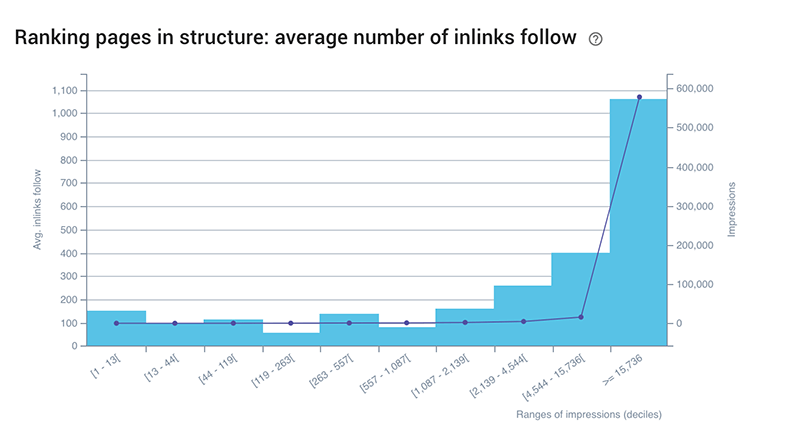
Pages with large numbers of inlinks appear in the top deciles (on the right) with the most impressions. Source: OnCrawl.
In OnCrawl, monitor metrics that help confirm the success of your strategy:
- Crawl frequency: during the period leading up to the event, confirm an increase in Google’s crawl behavior on your site.
- Impressions and SEO visits : check that your landing page appears in the SERPs and that organic visits to your landing page increase.
- On-page factors: make sure that the on-page SEO for your landing page is optimized. Check the title, meta description, H1 and H2, and word count for the landing page.
Remember to remove or demote the landing page and the links to it when the promotion period has passed.
Takeaways for internal linking strategies
Internal linking strategies can increase site authority on a subject, improve click-through rate, and boost rankings through direct influence on ranking factors like click depth and page importance. Internal links can be used to produce quantifiable results in how Google prioritizes your pages, how and when your pages rank, and the number of organic visits they receive. Using internal links to reduce page depth, create content hubs, and promote specific groups of pages over others will provide an extra edge to your SEO strategy.
Related stories
